Lease agreements don’t always start on the first of the month.
So how do landlords charge for partial months’ rent?
Easy: by prorating the rent. Here’s how rent is prorated, and how to calculate prorated rent as a landlord.
Prorated Rent Calculator
To keep life simple, we created a prorated rent calculator.
It uses the 30 days’ banker’s month method for how to calculate prorated rent. If you’d rather calculate the per diem rent annually, or based on the actual number of days in the given month, then run your own damn numbers.
Hardly rocket science, but then again life is always easier when someone does the calculations for you, right?
What Is Prorated Rent?
To prorate rent means to charge a partial month’s rent, when the lease agreement starts midway through a month. Or, for that matter, ends mid-month — although that’s less common.
For example, the lease starts on September 25, rather than October 1. In addition to October’s full monthly rent, the tenant owes six days of rent in September (the 25th counts as a day).
Note that landlords should only prorate rent based on when the lease agreement officially starts, not when the tenant actually moves into the rental property. Landlords should push for a lease start date as early as possible, so they can start charging rent.
Tenants, in contrast, may push for a lease start date when they can actually move in. This simply comes down to a negotiation between the landlord and renter, and who needs the lease contract more.
When to Collect Prorated Rent
When the landlord and tenant each sign the rental agreement, the tenant should pay a full first month’s rent and security deposit, plus possibly the last month’s rent if allowed.
On the first day of the first entire month in the unit, they then owe the prorated rent from the partial month.
Sound backward? It’s a little counterintuitive, with the tenant paying a full month’s rent when they move in midway through the month, and the prorated month’s rent at the beginning of the first full month. But landlords want to ensure the tenant has both a full month’s rent and security deposit in order to lock down the lease agreement.
If there’s less than a week remaining before the first of the month, so you’re only prorating a few days of rent, many landlords require both the prorated rent and the first full month’s rent when signing the lease contract.
And yes, our online rent collection platform allows for prorated rent payments. Just sayin’.
(article continues below)
How to Calculate Prorated Rent
Annoyingly, there are several ways to calculate prorated rent.
All of them work based on the same premise: you calculate the daily rental rate, then multiply that by the number of days that the lease is in effect. For example, if the daily rate is $50, and there are six days remaining in the month when the lease term starts, the tenant owes $300 in prorated rent.
But how is rent prorated to determine the daily rent rate?
The simplest, and most commonly used, is the “banker’s month” method. You simply divide the rent by 30 days (an average month) to reach the daily rent rate, then multiply that by the number of days remaining in the month.
Alternatively, you can use the actual number of days in that current month. So in March, you would divide the monthly rent by 31 days to calculate the per diem (daily) rate, rather than 30 days in April. In this case, the number of days in February depends on whether it’s a leap year.
Or you can calculate the per diem rent annually. Multiply the monthly rent by 12 for the total yearly rent, then divide that annual rent by 365 days in the year (366 in a leap year) for a daily rent payment rate.
Note that some states require you to use a specific method for how to calculate prorated rent. California, for instance, requires you to use the flat 30 days’ banker’s month method for how prorated rent is calculated.
Final Thoughts
What is prorated rent? Easy, that’s what.
You just calculate the daily rent rate, then charge the tenant for each day in a partial month.
Because not every renter can move on on the first of the month, but you want to let them move in as soon as possible to start collecting rents. Simply explain to them how the rent is prorated, and send them a link to this article if they have any questions.
Happy leasing!♦
What issues have you encountered with prorated rents? Do you have any remaining questions about how to calculate prorated rent?
More Real Estate Investing Reads:
About the Author

G. Brian Davis is a landlord, real estate investor, and co-founder of SparkRental. His mission: to help 5,000 people reach financial independence by replacing their 9-5 jobs with rental income. If you want to be one of them, join Brian, Deni, and guest Scott Hoefler for a free masterclass on how Scott ditched his day job in under five years.

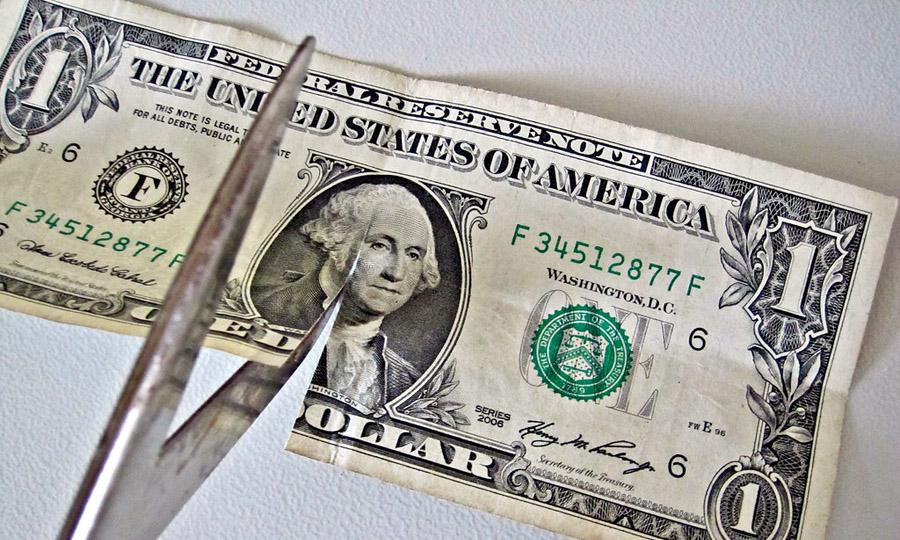
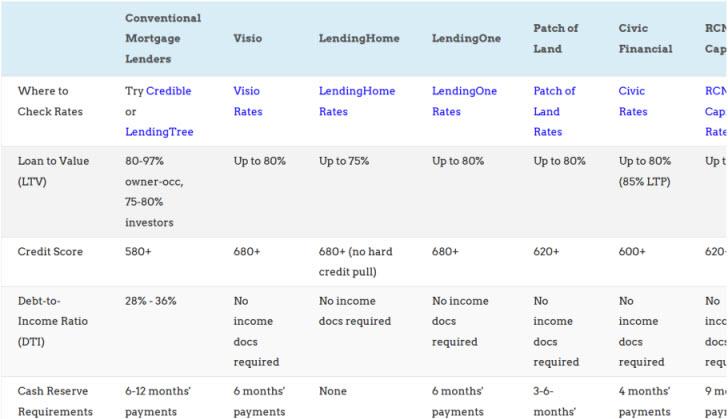






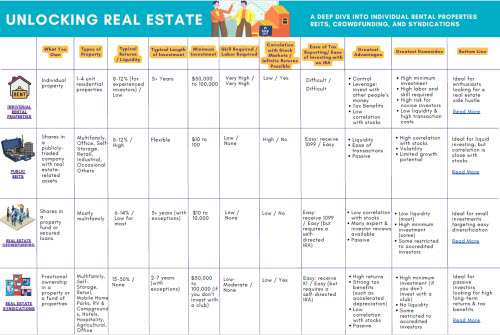








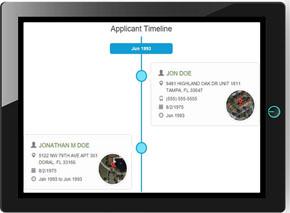




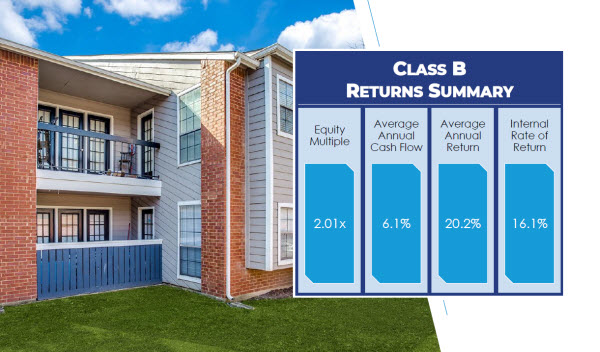



This makes sense! At least our tenants will be able to understand now how it works. Thank you for this very useful topic.
Glad to hear it was helpful Maddie!
Important information – Every Landlord and Tenant should know how to prorate rent!
Agreed Wesley!
Very useful information. I had no idea about what prorated rent is!
Glad it was helpful Karbi!
Nice to have this information. I always wondered how exactly to calculate prorated rent!
Glad it was helpful Bodoha!
Prorated charges is kinda confusing! But thanks to this article, at least now I had an idea.
Glad to know there is available prorate calculator here! Sometimes simple math produce complex arguments but not anymore. Thanks for this article!
Thanks for including the prorated calculator, Brian.
Glad you found it useful Pro Landlord!